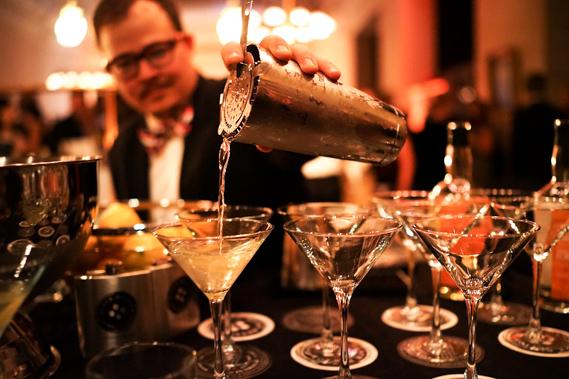Powdered alcohol sounds like a dangerous idea to most American adults, according to a recent poll conducted by the University of Michigan’s C.S. Mott Children’s Hospital.
The hospital conducts a monthly poll on how American adults feel about issues related to children’s health.
In June, the hospital asked Americans about their perceptions of powdered alcohol. Federal regulators approved the first label for such a commercial product in March, called Palcohol. Produced by the private company Lipsmark, Palcohol is one-ounce packages of powder designed to be added to water, to create vodka, rum, and mixed drinks. One package has the alcohol content of one shot, or 10 percent alcohol by volume.






